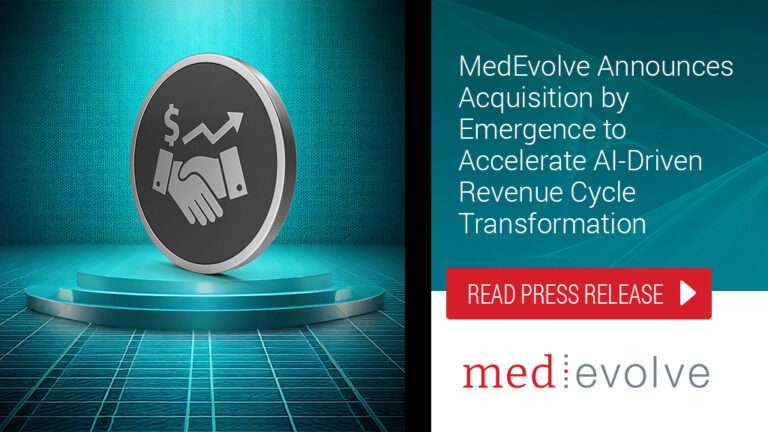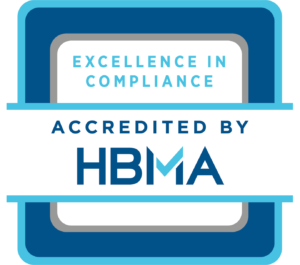What Is Prior Authorization?
Prior authorization (also known as pre-authorization or pre-certification) is the process by which a healthcare provider must obtain approval from a health insurance payer before delivering a specific service, procedure, or medication to ensure that it will be covered.
Prior authorization is a key component of the healthcare revenue cycle, playing a crucial role in ensuring that healthcare providers are reimbursed for the services they deliver. Here’s an overview of what it is, why it matters, and how it fits into the revenue cycle.
Where It Falls in the Revenue Cycle
The revenue cycle includes all administrative and clinical functions that contribute to the capture, management, and collection of patient service revenue. Prior authorization occurs early in the process after scheduling and insurance verification before the patient is seen.
Why It’s Important
- Avoids claim denials: Services not pre-authorized are often denied by payers.
- Improves cash flow: Ensures that reimbursement will happen, speeding up the revenue cycle.
- Reduces rework: Fewer denials means less time spent on appeals and resubmissions.
- Enhances patient satisfaction: Patients are less likely to receive surprise bills when prior authorization is handled properly.
Common Challenges
- Time-consuming manual processes
- Varying payer requirements
- Lack of real-time communication with insurers
Best Practices
- Time-consuming manual processes
- Varying payer requirements
- Lack of real-time communication with insurers
Suggestions for improvement
Here are some suggestions for improving the prior authorization process within the healthcare revenue cycle, focusing on both operational efficiency and financial performance
Automate Prior Authorization
- Implement electronic prior authorization (ePA) tools that integrate with your EHR or practice management system.
- Automate data transmission to and from payers to reduce manual data entry and phone calls.
- Use real-time decision support for determining if a prior auth is required and initiating the process instantly.
Use AI & Predictive Analytics
- Leverage AI to predict which procedures will need prior authorization based on payer history.
- Use machine learning to flag high-risk claims for denial and optimize submission accuracy.
- Analyze denial trends to identify training or workflow gaps.
Designate a Prior Auth Specialist or Team
- Centralize the process under a trained authorization coordination team.
- Ensure team members are experts on payer policies, documentation requirements, and deadlines.
- Track turnaround times and performance metrics for accountability.
Standardize Internal Workflows
- Create standard operating procedures (SOPs) for obtaining prior authorizations across all departments.
- Build checklists or templates that guide clinical and administrative staff on documentation and payer-specific steps.
- Integrate prior auth steps into the scheduling and patient intake workflows.
Track and Follow Up Efficiently
- Use a centralized dashboard or task management system to track pending, approved, and denied authorizations.
- Set automated reminders for follow-ups and re-submissions.
- Follow up proactively before scheduled services to prevent delays or cancellations.
Strengthen Payer Relationships
- Establish direct communication channels or dedicated contacts with top payers.
- Participate in payer-provider collaboration programs to improve transparency and turnaround times.
- Advocate for payer portals that support automated and bulk submissions.
Engage Clinicians in the Process
- Educate providers about the importance of timely and accurate documentation for authorizations.
- Incorporate clinical decision support tools that notify physicians of prior auth requirements at the point of order entry.
Monitor KPIs and Continuous Improvement
Track and review:
- Time to obtain authorization
- Authorization denial rate
- Number of services delayed or canceled due to prior auth issues
- Rework due to missing/expired authorizations










